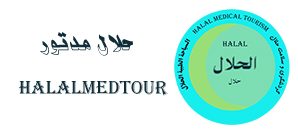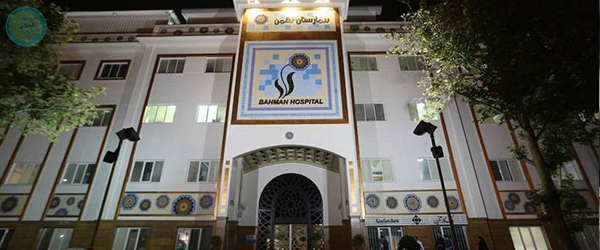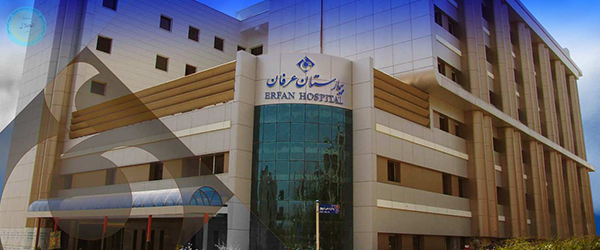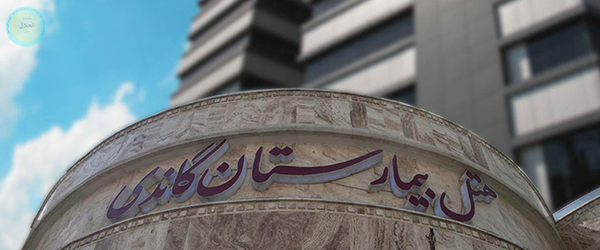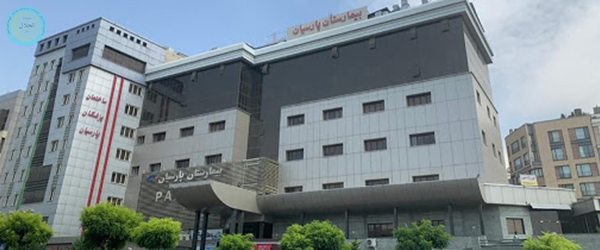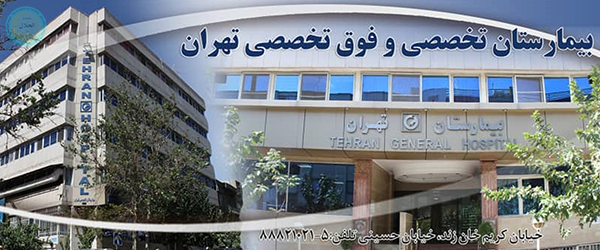Tehran is the capital of Iran and Tehran Province. With a population of around 8.7 million in the city and 15 million in the larger metropolitan area of Greater Tehran, Tehran is the most populous city in Iran and Western Asia, and has the third-largest metropolitan area in the Middle East (surpassed by Cairo and Istanbul). It is ranked 24th in the world by the population of its metropolitan area.
Tehran is a cosmopolitan city, with great museums, parks, restaurants, and warm friendly people. It deserves at least a few days of your Iranian itinerary.
Tehran has also earned itself the rather unenviable reputation as a smog-filled, traffic-clogged and featureless sprawl of concrete bursting at the seams with 14 million residents. But you can also find an endless number of nice and cosy places in and around the city – if you know where to look. Tehran is also a city of parks and possesses more than 800 of them, all well-kept. The city is nearly a mile high above sea level and as a result is cooler than other cities in the middle east. Summer temperatures are around 36°C or about 95-100°F. The air tends to be very dry.
A combination of factors make Tehran a pleasant place to visit: The dry climate which is constantly cool (at least in the evenings), the proximity of the mountains, the parks and gardens where flowers blossom all through the year, the alleys of trees in the avenues or even smaller streets, and even the water that runs down from the upper city along deep and wide gutters which look like small rivers during spring. The Alborz range to the north of Tehran, which hosts the highest peak in Iran, provides fantastic conditions for ski lovers in the winter. In winter, the mountain hotels and ski-clubs at Shemshak, and Dizine are full several days a week. Some specialist skiers consider the snow value in northern Tehran to be some of the best in the world.
Tehran is home to many historical collections, including the royal complexes of Golestan, Sa’dabad, and Niavaran, where the two last dynasties of the former Imperial State of Iran were seated. Tehran’s most famous landmarks include the Azadi Tower, a memorial built under the reign of Mohammad Reza Shah of the Pahlavi dynasty in 1971 to mark the 2,500th year of the foundation of the Imperial State of Iran, and the Milad Tower, the world’s sixth-tallest self-supporting tower which was completed in 2007. The Tabiat Bridge, a newly built landmark, was completed in 2014.
The majority of the population of Tehran are Persian-speaking people, and roughly 99% of the population understand and speak Persian, but there are large populations of other ethno-linguistic groups who live in Tehran and speak Persian as a second language.
Tehran has an international airport (Imam Khomeini Airport), a domestic airport (Mehrabad Airport), a central railway station, the rapid transit system of Tehran Metro, a bus rapid transit system, trolleybuses, and a large network of highways.
October 6 is marked as Tehran Day based on a 2016 decision by members of the City Council, celebrating the day when the city was officially chosen as the capital of Iran by the Qajar dynasty back in 1907.
Tehran Medical Tourism
Tehran Healthcare and Tourism city
Tehran, the capital city of Iran, is a significant hub for medical tourism in the region. It offers a wide range of medical services, advanced treatments, and highly skilled healthcare professionals. Here are some aspects of medical tourism in Tehran:
- Specialized Medical Services: Tehran hosts numerous hospitals, clinics, and medical centers specializing in various fields of medicine, including cardiology, oncology, orthopedics, neurosurgery, infertility treatment, cosmetic surgery, and more. These facilities provide advanced medical care using state-of-the-art equipment and techniques.
- Quality Healthcare Professionals: Tehran is home to a large pool of highly trained and experienced healthcare professionals, including doctors, surgeons, nurses, and support staff. Many physicians in Tehran have received their education and training from prestigious medical institutions both within Iran and abroad, ensuring quality care for patients.
- Advanced Medical Technology: Medical facilities in Tehran are equipped with the latest medical technology and infrastructure, allowing for accurate diagnosis, effective treatment, and minimally invasive procedures. This includes advanced imaging techniques, robotic surgery systems, and specialized medical devices.
- Affordable Healthcare Costs: Medical treatments and procedures in Tehran are often more affordable compared to Western countries and some other destinations, making it an attractive option for medical tourists seeking quality care at a lower cost.
- Infertility Treatment: Tehran is a leading destination for infertility treatment in Iran, with specialized fertility clinics offering a range of assisted reproductive technologies (ART), including in vitro fertilization (IVF), intracytoplasmic sperm injection (ICSI), and other fertility treatments.
- Cosmetic Surgery and Medical Aesthetics: Tehran is renowned for its cosmetic surgery and medical aesthetics services, with clinics offering a variety of procedures to enhance appearance and address aesthetic concerns. This includes rhinoplasty (nose surgery), liposuction, breast augmentation, facelifts, and non-surgical treatments like botox and dermal fillers.
- Wellness and Rehabilitation: Tehran also offers wellness centers and rehabilitation facilities that focus on holistic health and wellbeing. These centers provide services such as physiotherapy, hydrotherapy, therapeutic massages, and yoga classes, catering to individuals seeking relaxation, rejuvenation, or rehabilitation.
- Cultural and Touristic Attractions: Patients visiting Tehran for medical treatments can also explore the city’s rich cultural heritage, modern amenities, and diverse culinary scene. Tehran offers a wide range of attractions, including museums, art galleries, parks, shopping centers, and traditional bazaars, ensuring a memorable experience for medical tourists and their companions.
Overall, Tehran’s medical tourism sector continues to grow, offering a combination of quality healthcare services, affordability, advanced technology, and cultural attractions, making it a popular destination for medical travelers from around the world.
